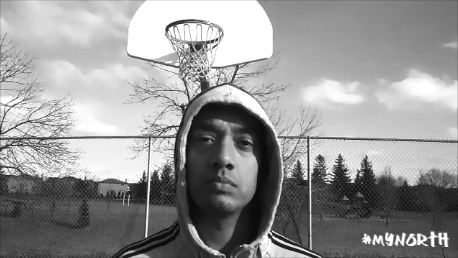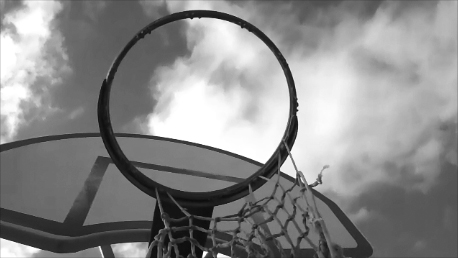The legend of Kashif Daniyal Syed begins with his upbringing in the town of Markham, Ontario, not unlike many of the now 300,000 plus Markham residents. During the mid 1980s, before Markham was a labeled a city, it became the first home of many young immigrant families due to new and affordable houses and easily accessible public schools like Milliken Mills Public School and then Milliken Mills High School.
It is here, that Kashif first developed his affinity for streetball. Several years before the Toronto Raptors would arise, when basketball was regulated to the boxscores at the back of the sports section and the last 30 seconds of the sports highlight show, basketball was still widely popular amongst the Markham schools that did not have the resources to fund hockey or football teams. “Milliken Mills was probably one of the first schools in the area to have outdoor courts, and it brought aspiring ballers from all over,” Kashif recalled. “I really have to thank the Milliken school planners that built outdoor basketball courts that we could all use, it provided us with an identity.”
But even then, while trying out for the school basketball team, Kashif had to deal with a system that developed coaching favourites for those that played the right way. This wasn’t unlike the classroom itself, those that put their head down, coloured in the lines, and occasionally brought an apple for the teacher, would often receive the most praise. “I was a pretty good student, but the basketball court was like my canvas, my stage,” Kashif said. “But it’s like a teacher telling Leonardo [da Vinci] how to paint the Mona Lisa, or giving Shakespeare a B+ grade for Hamlet.”
At this time Kashif was a few inches shorter then most of the kids, and when he shot the basketball, he would have to heave it in the air by bringing both his arms across his body almost like a two-handed shot put. But what he lacked in stature, he made up with his brash mouth and his willingness to take and make shots from distance. “If there was a four point line, I would be taking shots from there,” Kashif said.




























